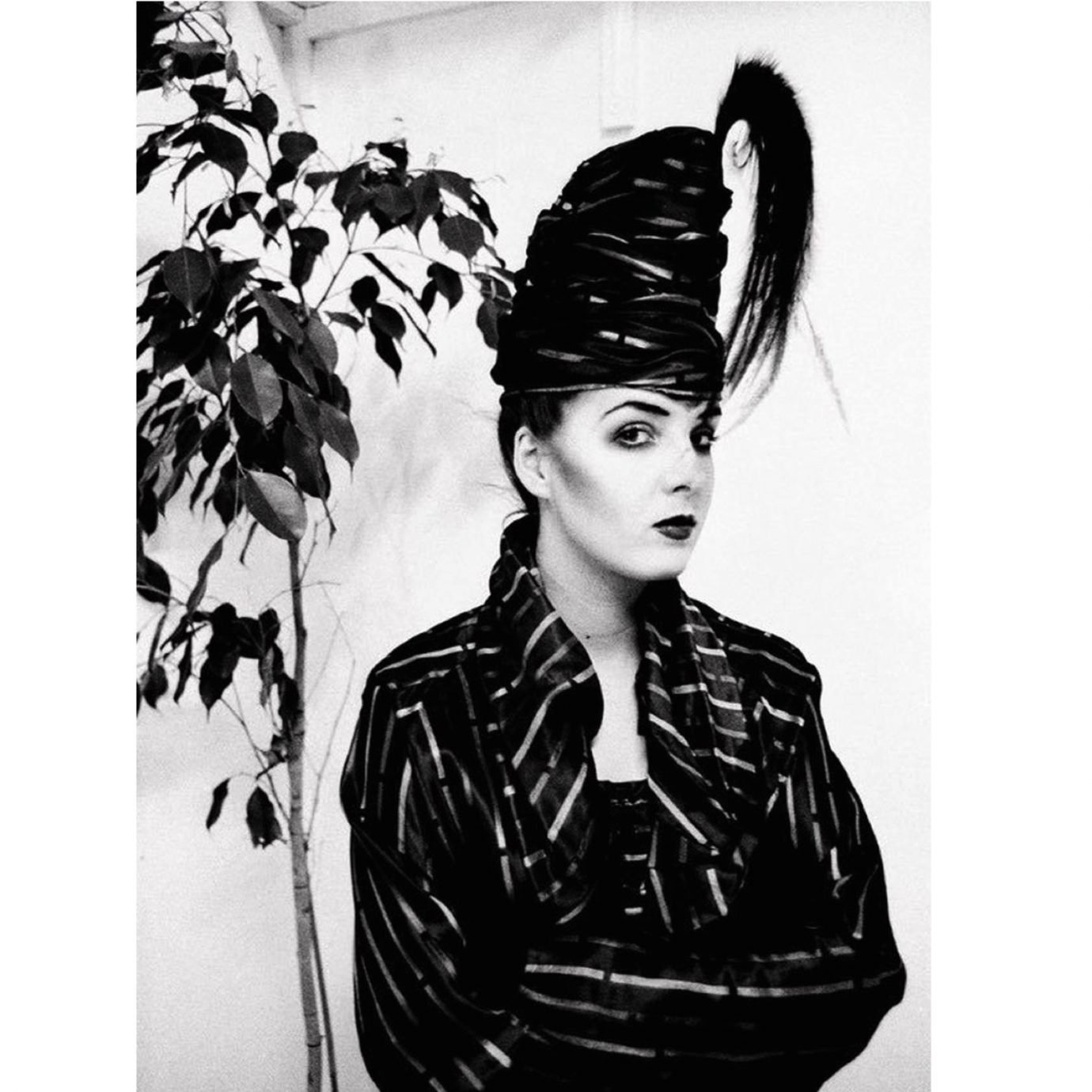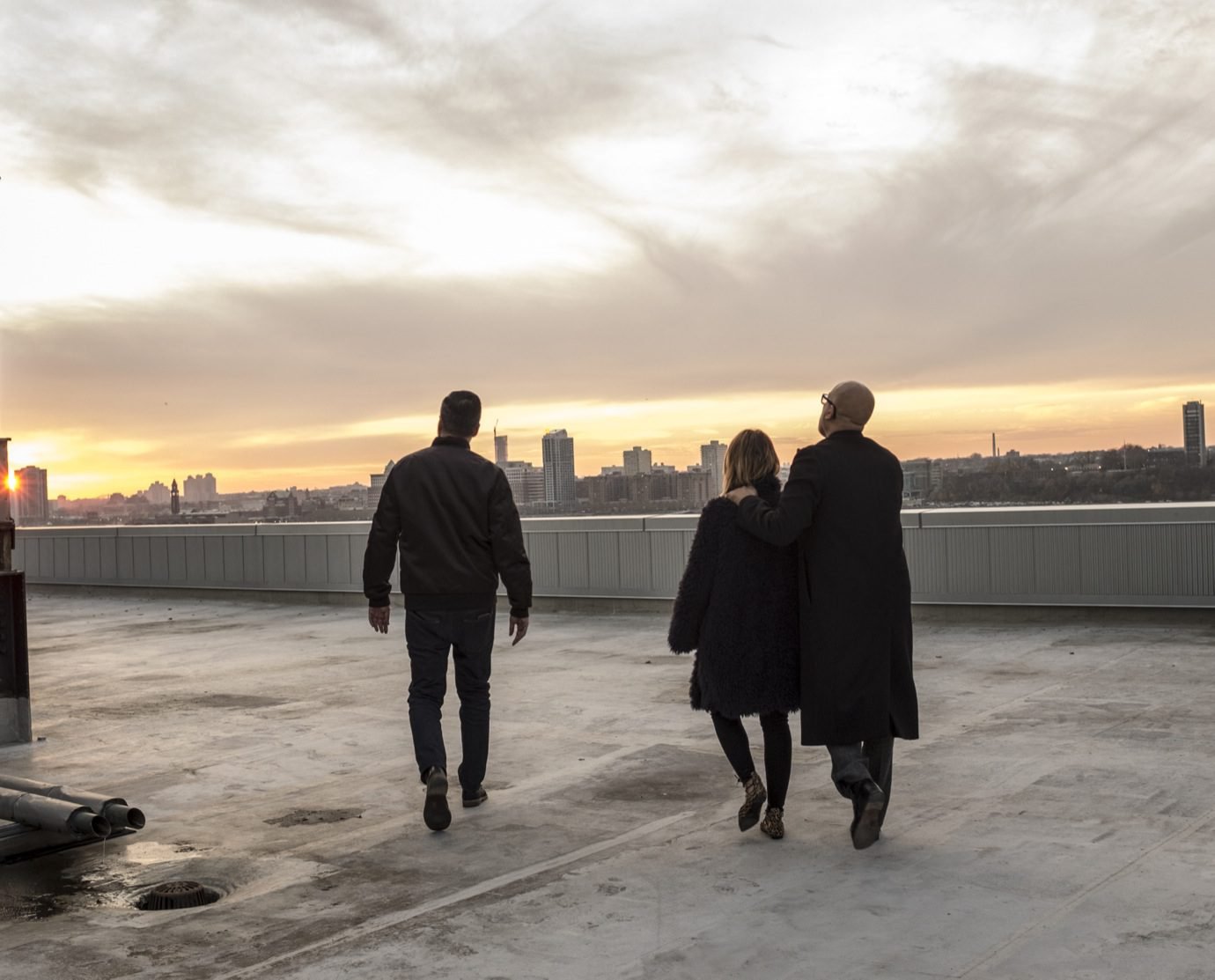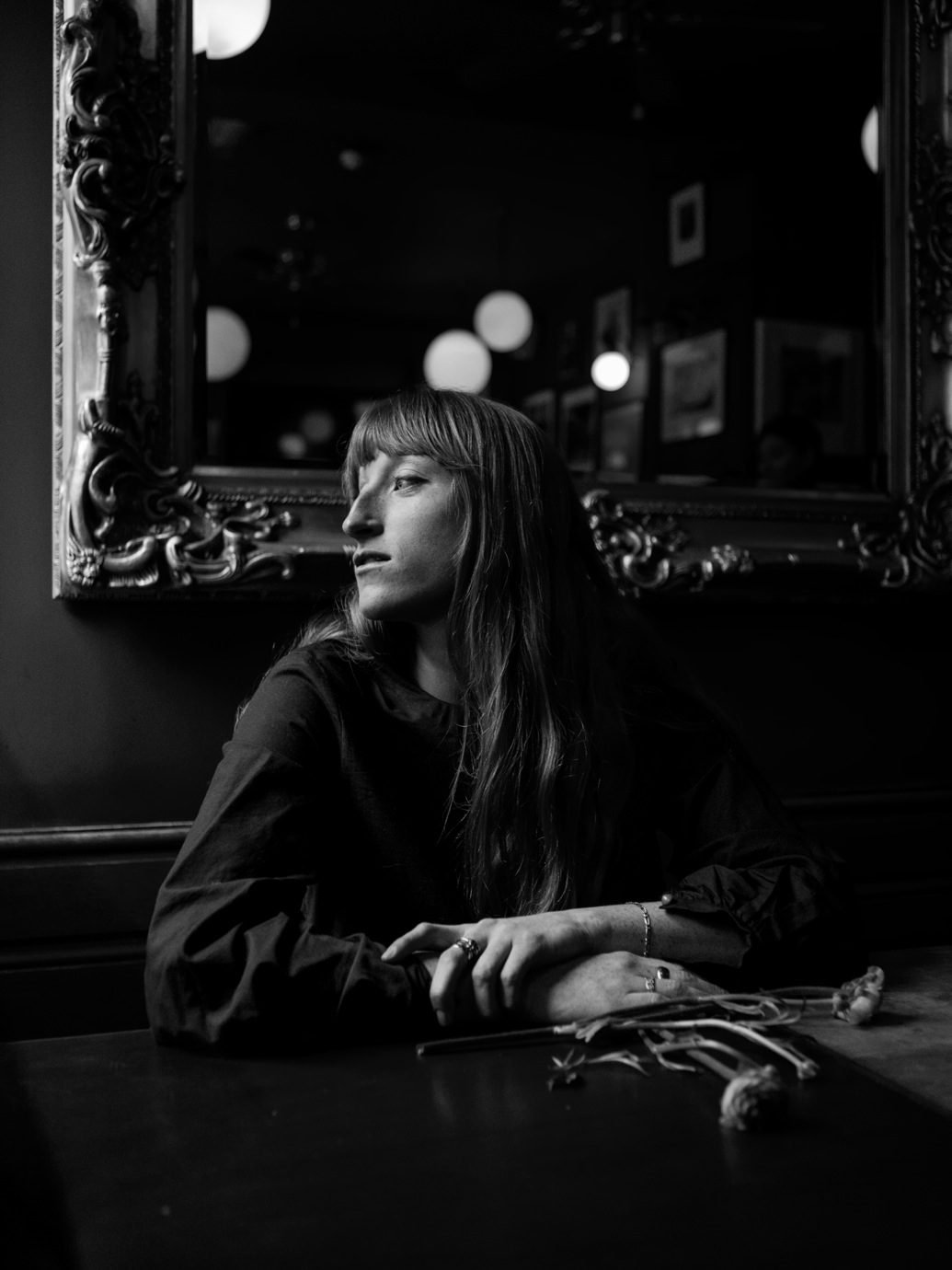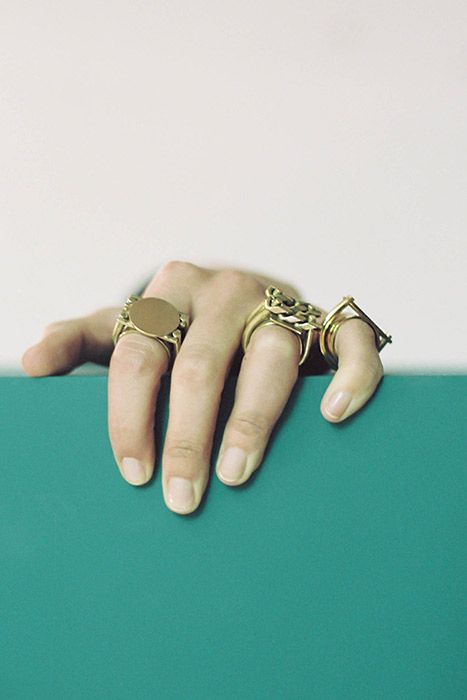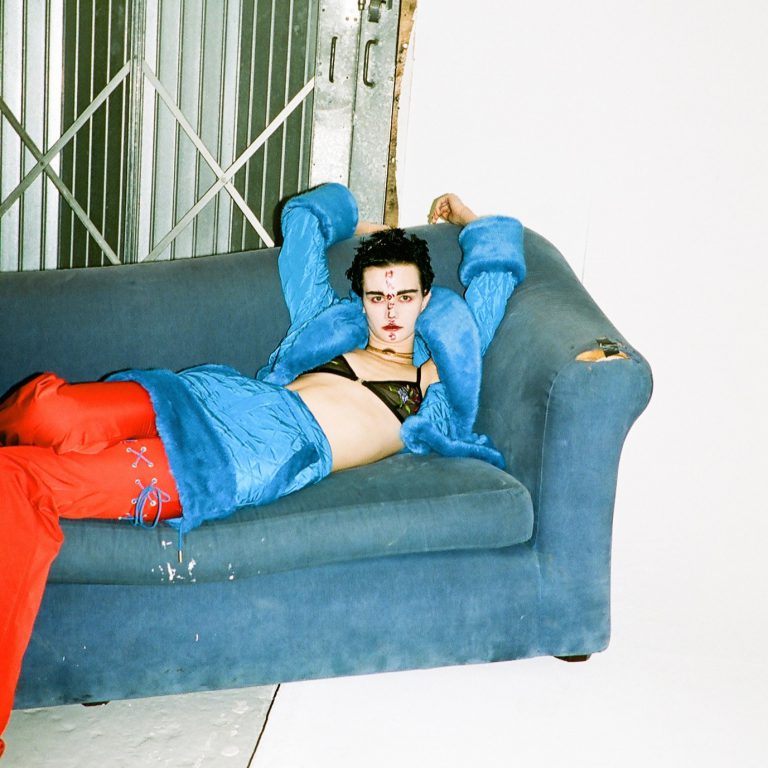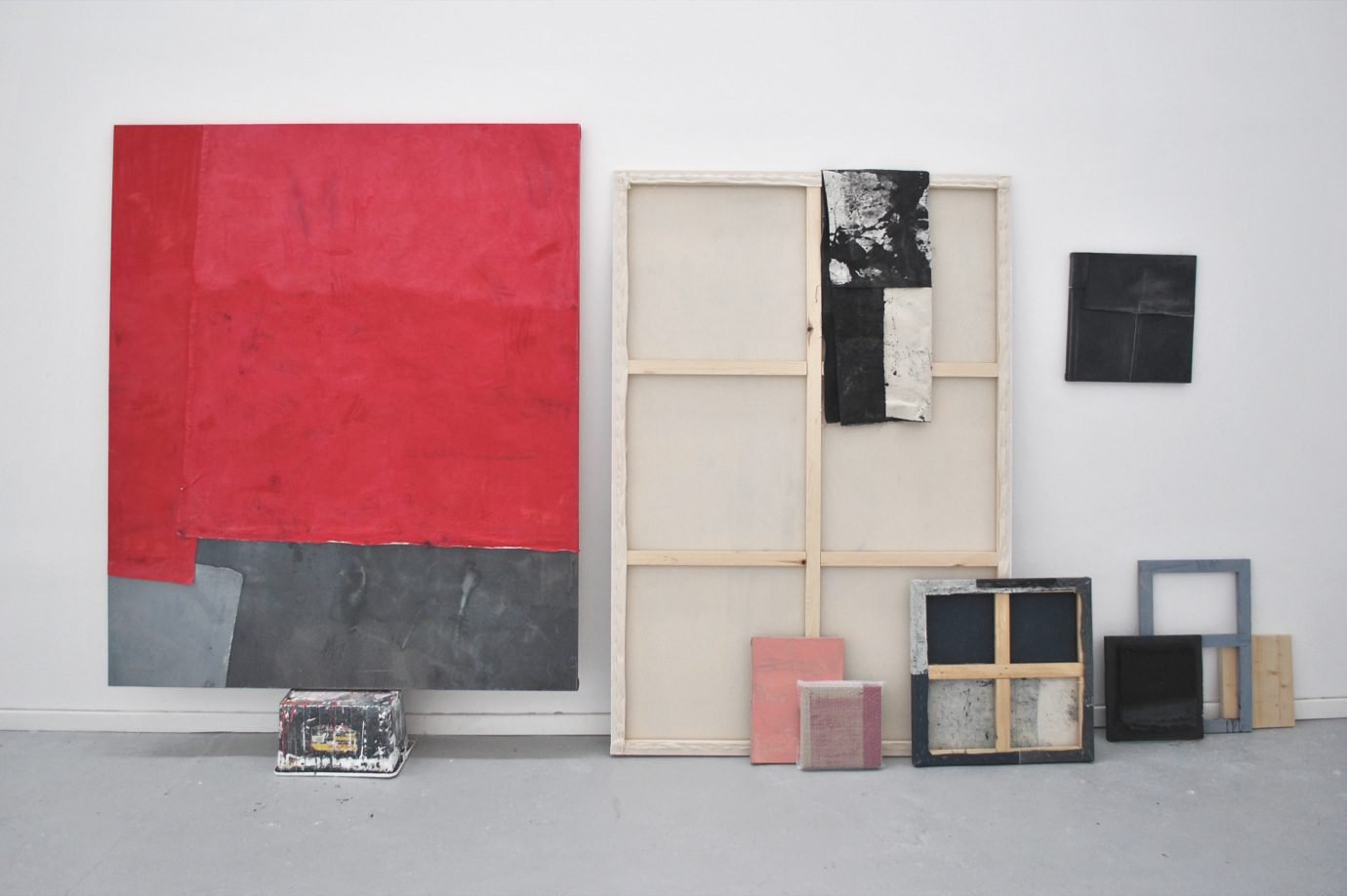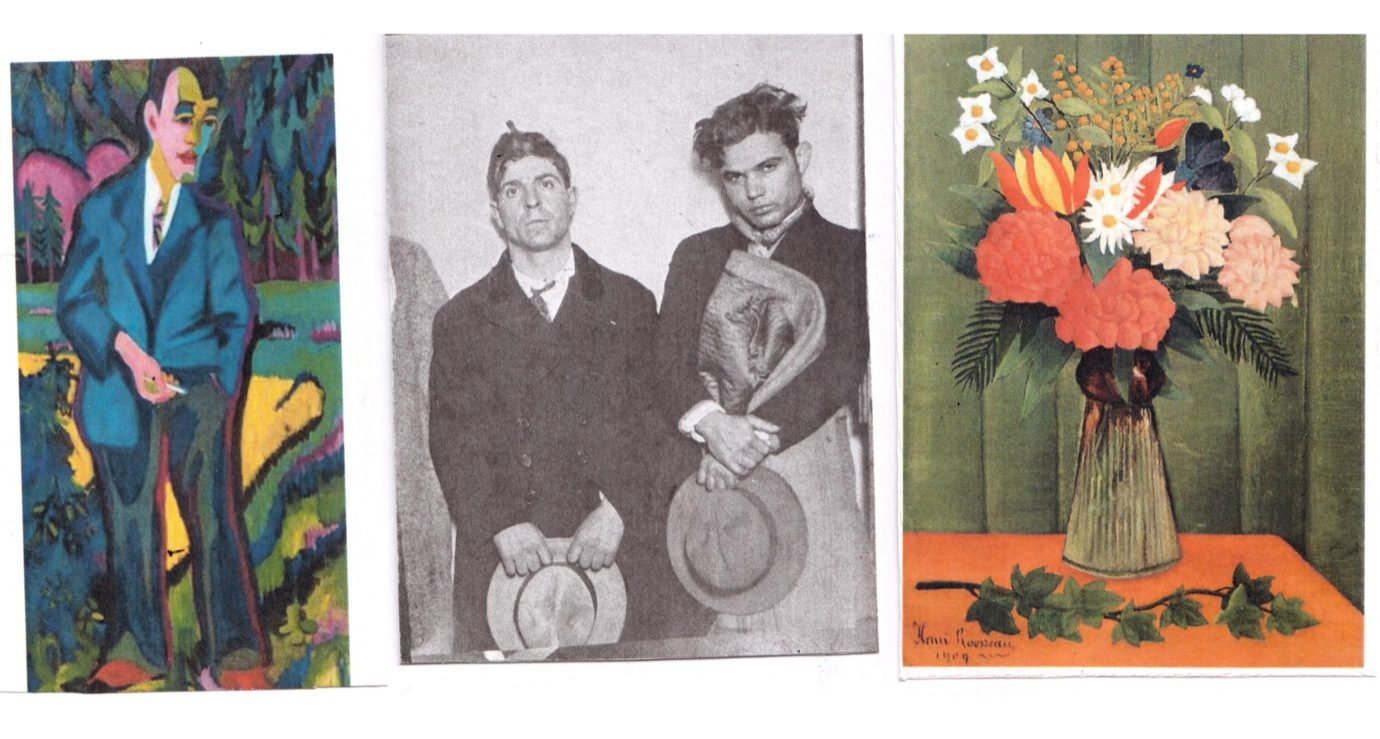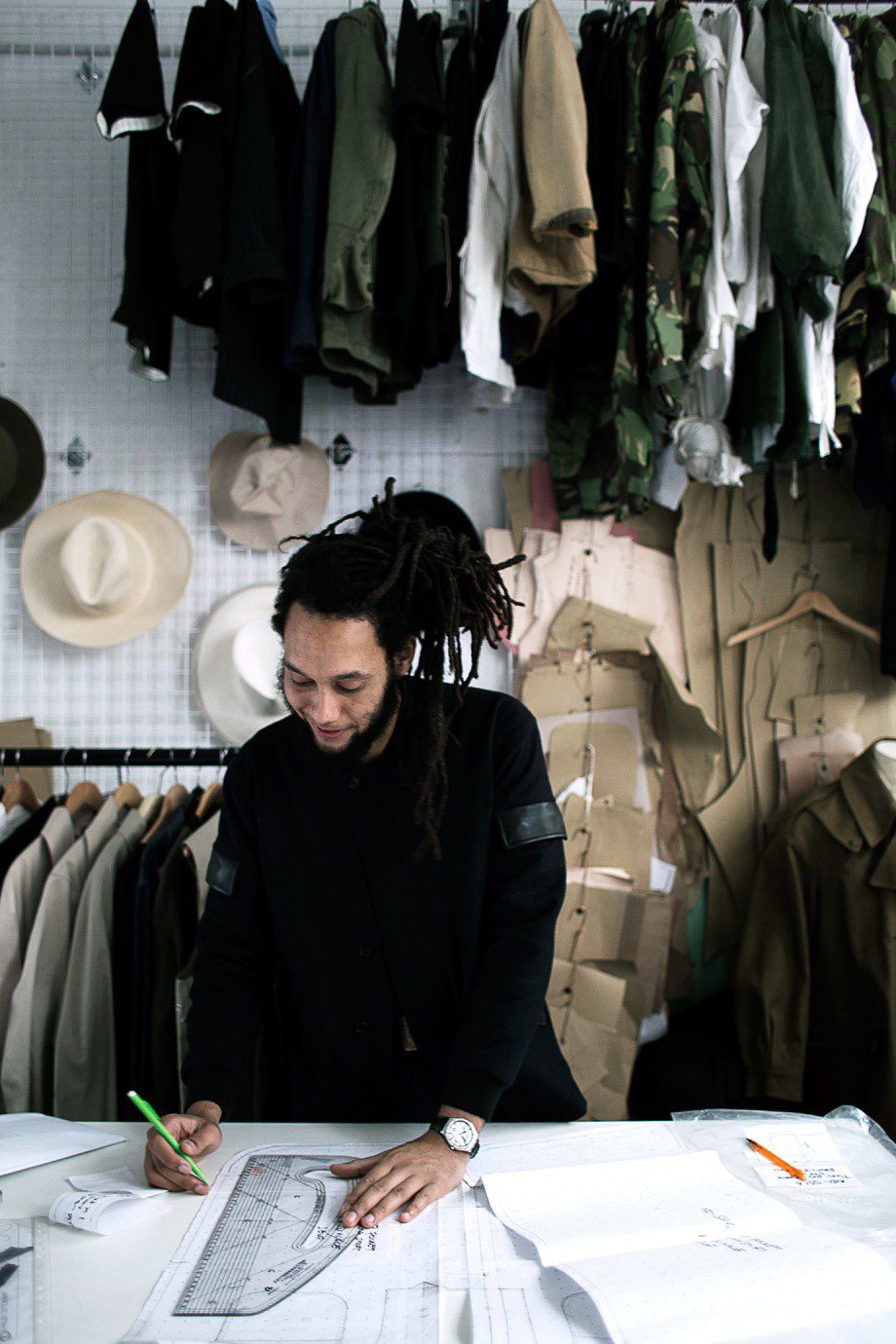Bowen is one of the Blitz Kids, a group of young London club goers that started frequenting the Covent Garden-based ‘The Blitz’ club from 1979-80. They all went to Saint Martins. The Blitz Kids were pioneers of the New Romantic movement, which started as a resistance to punk and dominated London all through the seventies.
“Everyone who was our age and certainly creative had been punk rockers at one point, but it was just a moment, and it was only ever meant to be a moment. People who stayed kind of doing it seemed sort of pitiful, like old hippies, to us. It was one bright shiny incandescent blast of youth culture to say ‘Fuck you!’” explains Kim.
The Blitz kids were very much about the look of it all. “It was just about being and looking fabulous,” Kim says emphatically, emphasising that they were not “scruffy” like punks, but “very polished and glamorous and clean-looking.” Their carefully curated appearances were all they had, because “nobody had any money. We looked so amazing that older people would invite us to gallery openings, and that is how we fed ourselves mostly – grab the canapés and pour the wine down. We had nothing, we were just broke.” It was only natural, then, that when they got word from fellow Blitz-er Boy George that he had just spotted the clone of Jeremy Healy (Kim’s then boyfriend, also a Blitz-er), they all rushed down to the club. The clone had replicated Jeremy’s upswept cone hair look, with a blazer and giant shoulder pads (“He looked like a kind of mad Poiret puppet”); Jeremy then proceeded to cut his clone’s hair off with a massive pair of scissors.
“Everyone who was our age and certainly creative had been punk rockers at one point, but it was just a moment, and it was only ever meant to be a moment.”
Conveniently, they all lived together in a huge house that Kim had scoped out during her lunch break while she was working as a temp. Along with Lee Sheldrick and Wilf Rogers, she broke their way into the house at night through a basement window. “It was a crazy thing to do! We were squatters! It was just something you could do then.”
The squat spanned Warren Street and Euston Road with a connective corridor that separated the “druggie people” and the “fashion people”, with the exception of Stephen Linard “who was very fashion-y, not druggie, but lived over there.” The list of residents in the house is riddled with fame and eighties glam: there was John Maybury (filmmaker), George O’Dowd (Boy George), David Holah (of BodyMap), Melissa Caplan (designer), Kim Bowen, Lesley Chilkes (make-up artist) and Princess Julia (DJ). “She and Lesley were a couple,” Bowen remarks. Other residents included Stephen Jones, Lee Shelrick (a successful designer in Japan) and Cerith Wyn Evan (Welsh sculptor), although he only lived there for a short while. Marilyn, the pop singer, wanted to live there, but fellow housemates “were just like, no fucking way.”
Bowen’s professional career started at Saint Martins when she began working for Stephen Jones, her friend and fellow student, who had just opened his shop in London. In many ways, she was his first muse.
Their friendship grew over a mutual love of hats. A bad self-dye job that burned off half of her hair before the first day of college had forced Bowen to get a little creative: “I had a length of black, long, floppy netting that I used to wind until it became this giant horn, and then I would tie the knot in on itself. Then I put this huge Indian ornament on it that was this gold thing with a massive pink plumage. It was beyond elegant.” Stephen Jones complimented her on her hat and they became lifelong friends.
Post-Saint Martins, she was offered a job doing PR for Vivienne Westwood. She was thrilled. However, the next day, Westwood called her and said, “Look Kim, I’m really sorry, but Lynne Franks has offered to do it for free. I would just be stupid if I don’t.” It was then that Kim made the decision to move to Australia. “I was really lost in a way, like a kitten that’s wet on the doorstep. Then I met this guy who I married. He was my boyfriend but he was a fucking idiot. I wanted to get away from London and Thatcher’s England. It probably would have been more interesting to me if it had been New York, but he was from Australia.”
“Nobody had any money. We looked so amazing that older people would invite us to gallery openings, and that is how we fed ourselves mostly – grab the canapés and pour the wine down.”
A minor detour ensued in the surf town of Avalon before she found herself in Sydney, where she briefly worked as a makeup artist. While working on commercials, she made an English friend in Stevie Hughes – a photographer who had shot the likes of Yasmin Le Bon – who then told Harper’s Bazaar to hire her as fashion director (they had an opening at the time) or else he was going to stop working for them. “So there I was, 23 years old and the Fashion Director of Harper’s Bazaar.” But following the sacking of the editor, who Kim thought was a brilliant woman, she decided to leave in solidarity.
Bowen’s loyalty is unquestionable. When Cathy Horyn criticised fellow Central Saint Martins graduate Galliano after his anti-Semitic rant in a Paris nightclub, she took to her blog to defend him. “Horyn seems to be angry that Galliano says he never gave an interview sober, and asks why did she waste her time. This writer is clearly angry that she was not the one chosen for the sober interview with Galliano. All media feeds off celebrity. That’s why someone like Cathy Horyn has a job. Galliano is not your Uncle Alf sitting in his chair in the corner raving at the TV set, drunk, ruining yet another Christmas. He is a famous man, who was filmed hideously drunk, on somebody’s cell phone, ranting racist abuse. Because of this, she gets to write about him, and pass judgment.”
Following her rebellion at Bazaar there was a brief stint at Australian teen magazine Dolly, but then she was back in London to unsuccessfully try and bag a job at Harpers & Queen. It was the roaring eighties, and everyone was on drugs: “It was really weird. None of us had been into drugs and then suddenly so many of them were using heroin. It was really shocking to me.”
Around that time, she joined a freelance agency and started doing a lot of work as a stylist. It was then that she acquired a cult following for her writing, while working for Blitz magazine. “It was so much fun, but there was no money. It was a joke.” Kim became known in fashion circles for her honest and scathing reviews of the shows. “If there was a bad show, I would be direct and say it was appalling or I would just listen to people’s terrible remarks right next to me and write that down. And people knew after a while and they were like, ‘Don’t you fucking dare write that down!’”
When Kim interviewed Jean Paul Gaultier for his Junior range when it first came out, instead of asking questions about the collection, she asked him a series of questions from a psychological test whose answers give an insight into the test-taker’s personality.
She writes: “After the test, I filled Jean Paul in with a quick interpretation. His eyebrows shot up and down and he guffawed and looked a bit confused. Then he was amazed as I stuffed my things in my bag and raced off, teacup still in hand. I think he was rather shocked at the shortness of our interview – he could have found plenty more to say and would have been delighted to tell me all about his new Junior range, which was half the price, and so on and so forth. But now you know more about Gaultier than you ever could have imagined. And so does he.”
Her time at Blitz, while rewarding creatively, wasn’t paying the bills. However, her freelance styling career was fortunately taking off, and Kim found herself traveling to and from Los Angeles. She experimented with working with newspapers in London briefly, first for The Sunday Correspondent before it folded. “I was working for this dreadful woman. She used to wear Alaïa skirts and very bad underwear that didn’t fit and it was all bulgy and vulgar.” Bowen went on to work for The Guardian, and in trademark Kim fashion did not hold back her opinion. “In particular, I had a go at Sir Ralph Halpern, who was also the President of the British Fashion Council. I said some vile things about him and vile things about a couple of designers.”
“If there was a bad show, I would be direct and say it was appalling or I would just listen to people’s terrible remarks right next to me and write that down. And people knew after a while and they were like, ‘Don’t you fucking dare write that down!’”
She was accused of gutter journalism in the British fashion media and The Guardian was quick to distance themselves from her. The decision was made: she was moving to America. “I just couldn’t function in the British fashion world. I couldn’t bear the mask that you had to wear. The thing that I really loved about the fashion industry was I loved all of it in its craziness. I loved the bitchiness and the people slagging things off and the backbiting, but people really loving each other too. I loved the whole package. I didn’t want just the superficial ‘Everything is perfect and we’ve all got a Hermès bag.’”
Since moving to America, Bowen has found success as a freelance stylist, with commercials, editorials and most recently Welcome to The Rileys, an independent film starring Kristen Stewart. She loves to do film but cannot find the time due to her two adopted kids, Inigo and Artemis. She is brazen about the fact that she absolutely cannot stand publicists. “They are so basic. I am not going to compromise for some stupid suburban person who doesn’t know anything. I come from a pretty illustrious background. I am not going to listen to some fuckwit.”
She makes no bones about the fact that she will not let people step over her. She refuses to deal with Hollywood egos or be subservient to Hollywood royalty. She refused to work with Lauryn Hill when she was told that she must call her Miss Hill, mustn’t touch her and mustn’t contradict her. She also refused to work with Courtney Love because her attitude was “horrible and entitled.”
In an industry where egos bruise like peaches, Kim’s honesty is refreshing. With an autobiography and other projects in the works, we can hardly wait to see what she has in store for us next.

